Astronomy
Explore Astronomy
Latest about Astronomy
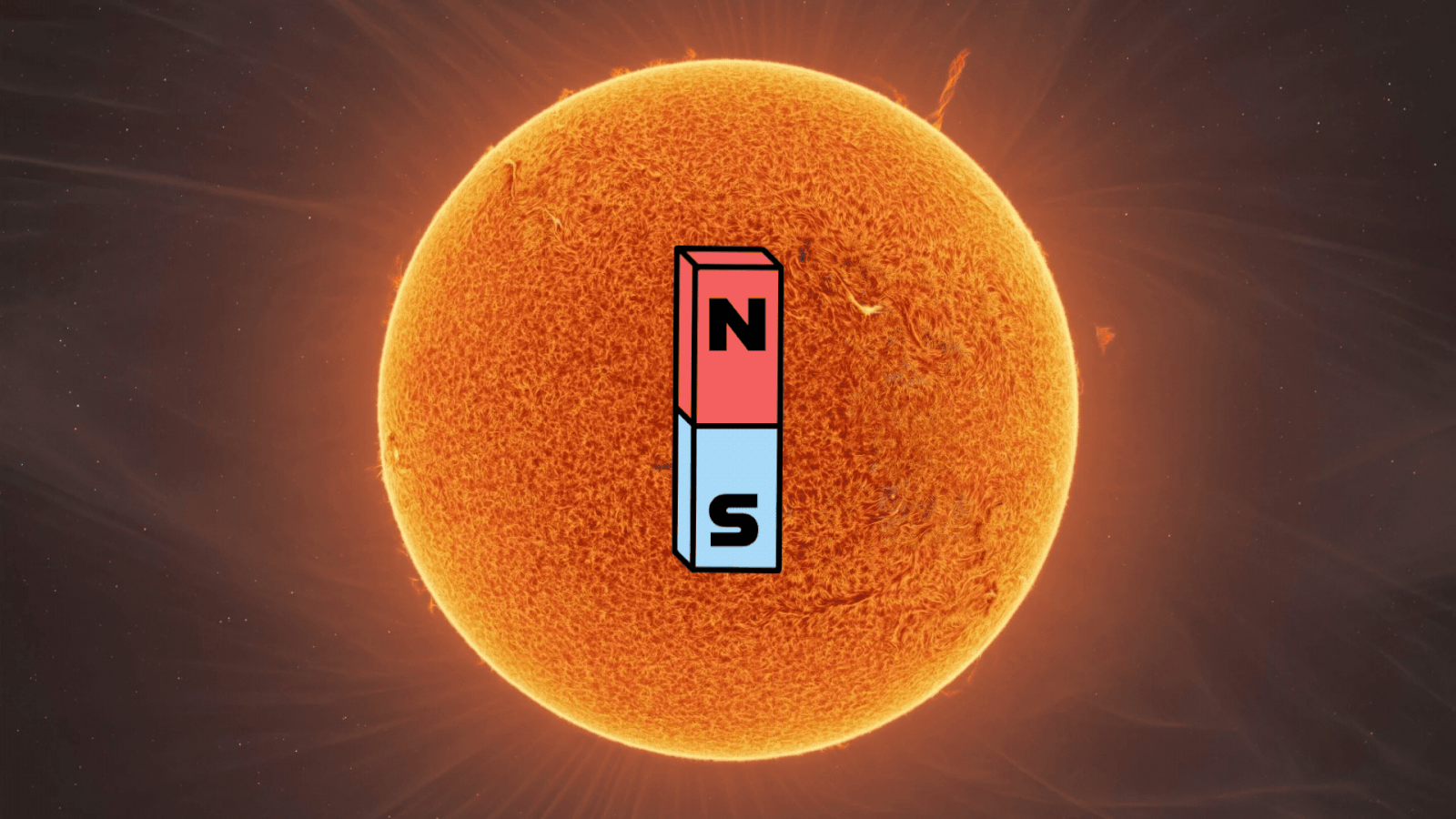
The sun's magnetic field is about to flip. Here's what to expect.
By Daisy Dobrijevic published
When the sun reaches its period of peak activity, known as solar maximum, our star's magentic field will suddenly reverse. But why does it happen, and will it impact Earth?

Space photo of the week: 'Earthrise,' the Christmas Eve image that changed the world
By Jamie Carter published
Snapped from lunar orbit in 1968 by NASA astronaut Bill Anders, who died this week at age 90, 'Earthrise' is perhaps the most iconic image of our planet ever taken.
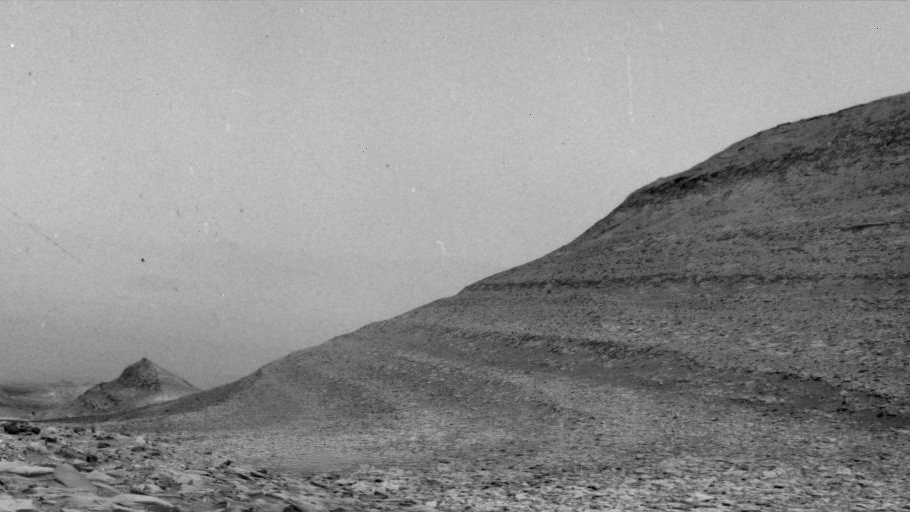
Solar storm slams Mars in eerie new NASA footage
By Meredith Garofalo published
A powerful solar storm in May 2024 created auroras on Mars and provided scientists with crucial information that could aid future crewed missions to the Red Planet.
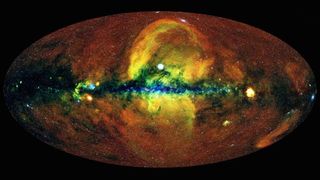
5 space discoveries that scientists are struggling to explain
By Brandon Specktor published
From "runaway" black holes shooting across the cosmos to secret planets in our own backyard, space is overrun with mysterious objects that scientists are clamoring to explain. Here are five of the strangest sights in the universe, as well as their possible origins.
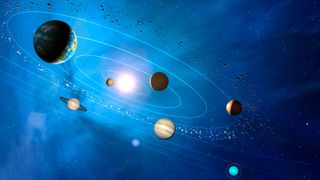
8 strange objects that could be hiding in the outer solar system
By Harry Baker published
The outer solar system is a vast and mysterious place that could be harboring hidden objects we know almost nothing about — from the elusive Planet Nine and baby black holes to interstellar visitors and "planet killer" asteroids.
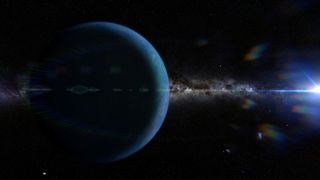
How long would it take to reach Planet 9, if we ever find it?
By Harry Baker published
Some experts believe that the solar system's hypothetical ninth planet could be just a few years away from being discovered. If this is the case, how long would it take for humans to send probes to the elusive world?
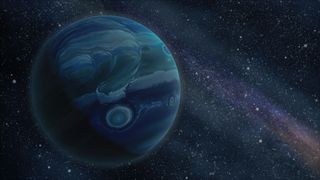
Planet Nine: Is the search for this elusive world nearly over?
By Harry Baker published
Astronomers have been scouring the outer solar system for signs of a hypothetical ninth planet for almost a decade, without success. However, we may finally be on the cusp of finding it, experts say.
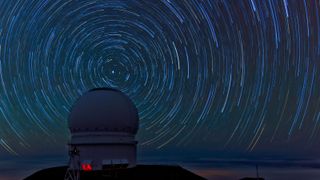
NASA will put a 'new star' in the sky by the end of the decade in 1st-of-its-kind mission
By Harry Baker published
The newly announced Landolt NASA Space Mission will launch a bread box-size "artificial star" satellite that will mimic stars by shining lasers directly at ground-based telescopes. This will enable astronomers to fine-tune instruments and potentially revolutionize how we study the universe.

James Webb telescope discovers most distant supernova ever seen
By Ben Turner published
The James Webb Space Telescope has spotted a supernova dating to just 1.8 billion years after the Big Bang, as well as 80 others in the early universe. The ancient explosions could help scientists figure out the mysteries of how the cosmos evolved.
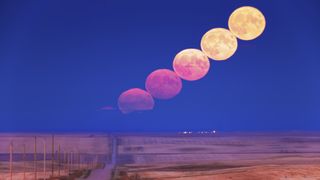
The 1st 'major lunar standstill' in more than 18 years is about to occur. Here's how to see it.
By Jamie Carter published
A major lunar standstill is about to occur. The phenomenon happens every 18.6 years when the moon rises and sets at its most extreme points on the horizon, while also climbing to its highest and lowest point in the sky.
Sign up for the Live Science daily newsletter now
Get the world’s most fascinating discoveries delivered straight to your inbox.
